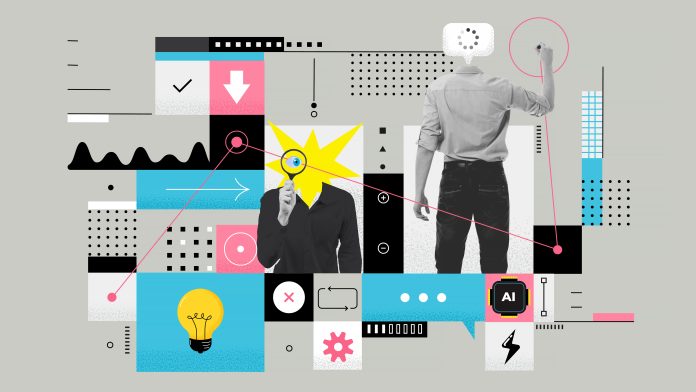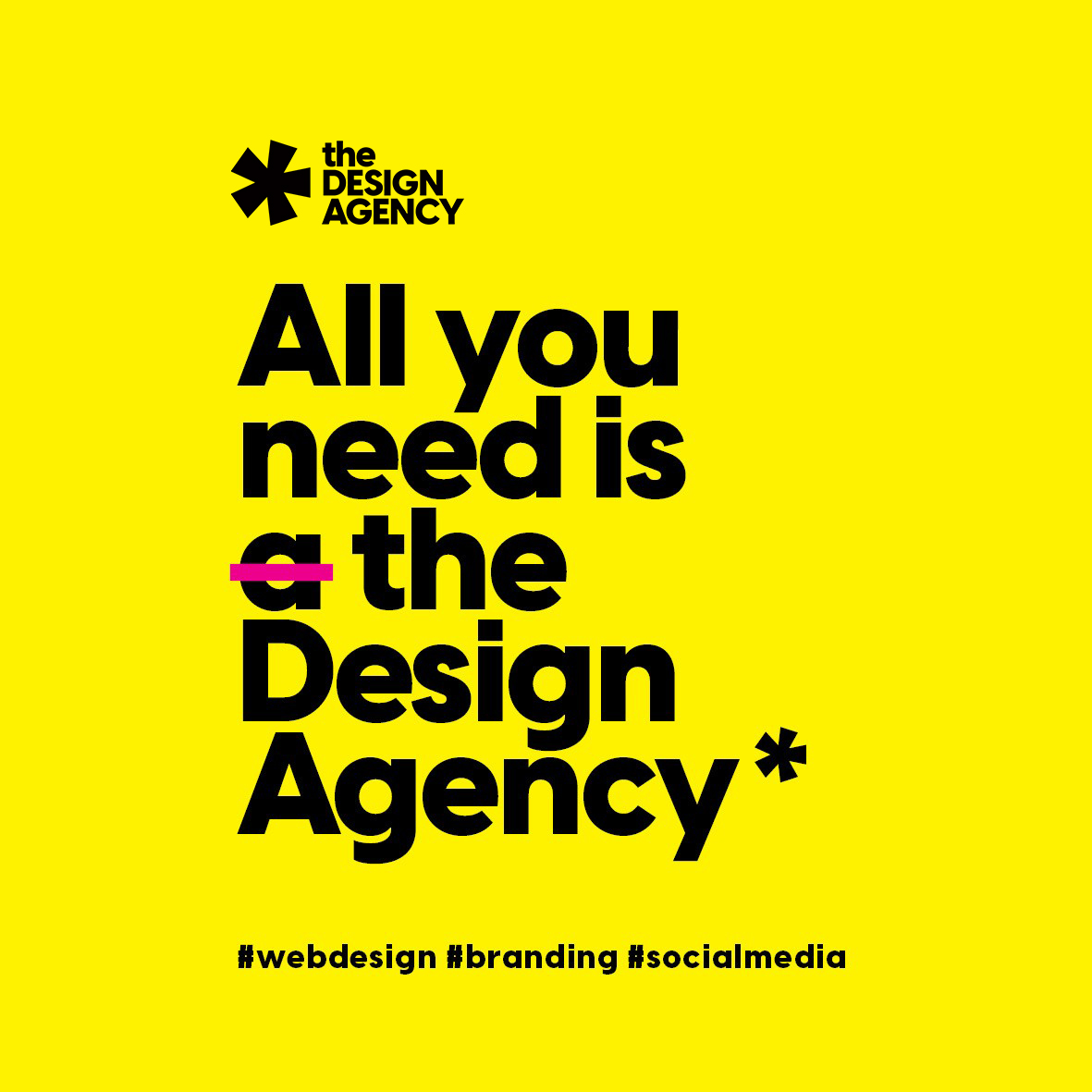Design Thinking is a human-centered approach to problem-solving that emphasizes empathy, creativity, and iteration. It’s a methodology often used in design and innovation, but its principles can be applied to a wide range of industries and projects. Here’s how you can implement Design Thinking in your work to foster innovation and improve outcomes.
1. Empathize: Understand the Needs of Your Users
The first step in Design Thinking is to gain a deep understanding of the people you’re designing for. This phase is all about empathy—putting yourself in the users’ shoes to understand their needs, frustrations, and desires.
- Conduct user research: Use interviews, surveys, and observations to gather insights about your audience.
- Create empathy maps: Document what your users say, think, feel, and do to understand their motivations and challenges.
2. Define: Clarify the Problem
Once you’ve gathered insights from your users, the next step is to clearly define the problem. This phase helps you frame the issue you’re tackling, ensuring you’re solving the right problem and addressing the real needs of your users.
- Synthesize insights: Analyze your research to identify patterns and common pain points.
- Write a problem statement: Summarize the key challenges your users face in a concise statement, focusing on the human needs uncovered during the empathize phase.
3. Ideate: Generate Creative Solutions
In this phase, you brainstorm ideas and explore various ways to solve the problem. The goal is to think outside the box and consider multiple potential solutions, no matter how unconventional they may seem.
- Hold brainstorming sessions: Encourage free thinking and refrain from judging ideas too early. Aim for quantity over quality at this stage.
- Use creativity techniques: Tools like mind mapping, SCAMPER (Substitute, Combine, Adapt, Modify, Put to another use, Eliminate, Reverse), and “How Might We” questions can help generate innovative ideas.
4. Prototype: Build Tangible Models
Prototyping involves creating simple versions of your ideas to explore their feasibility and gather feedback. The purpose here is to quickly and cheaply turn ideas into tangible models, which can range from sketches to digital wireframes to physical objects.
- Create low-fidelity prototypes: These can be simple and inexpensive, like paper sketches or clickable wireframes.
- Iterate quickly: Use the prototype to test different aspects of your solution and refine it based on feedback.
5. Test: Gather Feedback and Iterate
The testing phase is where you put your prototypes in front of real users to gather feedback. This step helps you understand how well your solution works and what adjustments are needed. It’s an iterative process where you continue to improve your design based on the responses you receive.
- Observe users interacting with the prototype: Pay attention to how they use the solution, and listen to their feedback.
- Refine the solution: Make improvements based on the feedback and test again if necessary.
6. Implement: Bring the Final Solution to Life
Once you’ve iterated and refined your solution, you can move forward with implementation. While this phase extends beyond Design Thinking itself, the principles of iteration and user-centered design should still guide your execution.
- Create a roadmap: Plan out the steps needed to turn the prototype into a final product or solution.
- Monitor user satisfaction: After launching, continue to gather feedback and make improvements as needed to ensure the solution stays aligned with user needs.
Why Design Thinking Works
- Focuses on user needs: By empathizing with users, you ensure the solution is tailored to real problems and opportunities.
- Encourages creativity: The ideation phase allows for the exploration of diverse ideas, increasing the likelihood of innovative solutions.
- Promotes quick iteration: Through prototyping and testing, Design Thinking fosters continuous improvement, leading to more refined outcomes.






